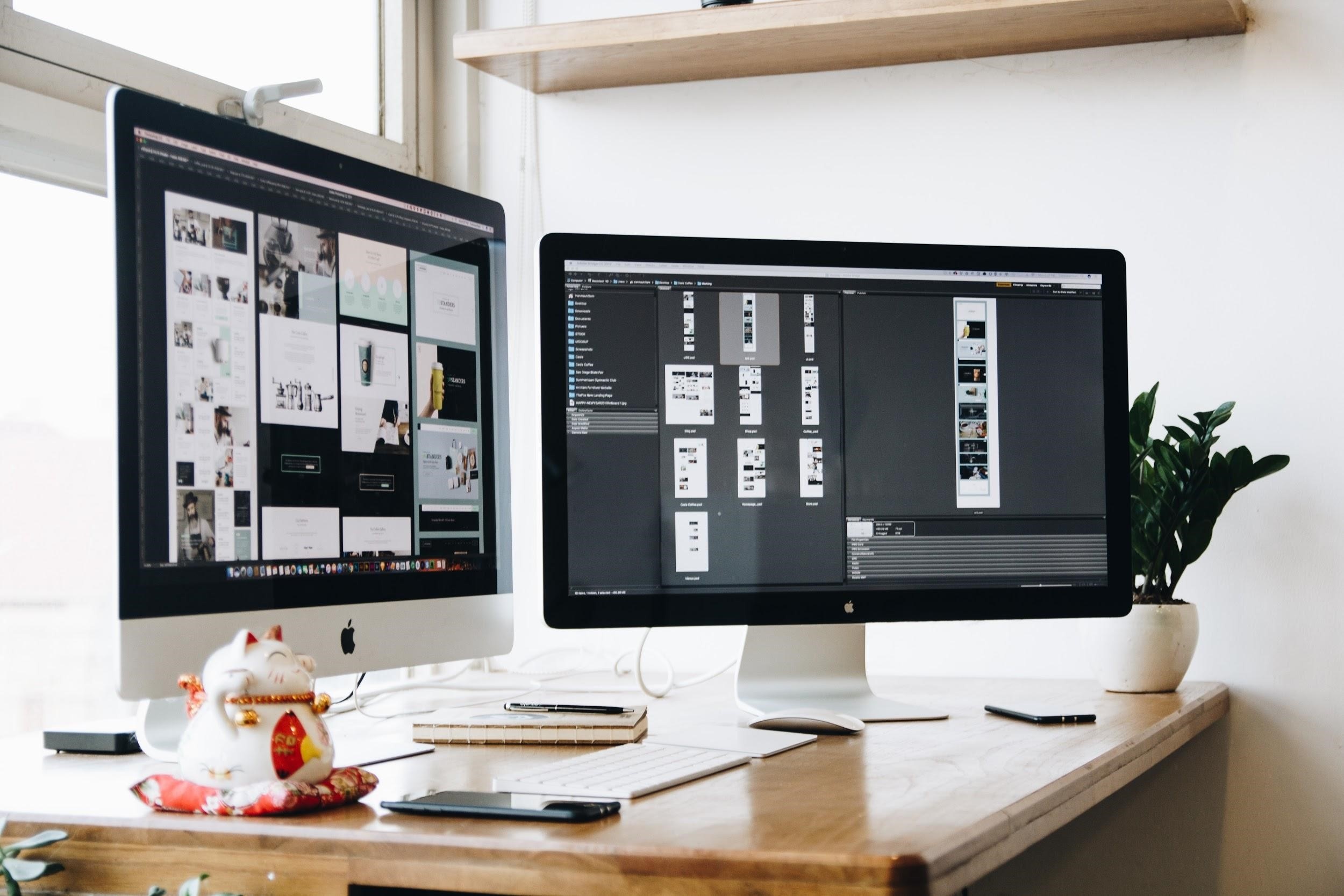Studying digital design in 2020 is probably one of the best profession-related decisions you can make these days. Web designers and graphic designers are in high demand and have various job opportunities all around the world. To make your studying experience easier and more efficient, there are some tips and tricks you can learn to grow as a professional. Here are some of the best practices that will help you become better at the job than most other digital design specialists.
Optimize Web Graphics to Increase Page-Load Speed
One of the key factors that influence just how popular a website is and how high its conversion rate is, lies in page-load speed. As a digital designer, you need to use engaging graphics to make sure the website you are working on looks good. However, it is no less important to optimize the visuals you use as it will increase page-load speed. It is especially important if you work on mobile site design. Naturally, most people have pretty fast Internet these days, but some of them still use mobile data, which is often quite slow with complex pages. In this situation, people are not going to wait around for the page to load and leave, reducing the site’s popularity and conversion rate.
As a digital design student, you should be on the lookout for the best practices in the field, and this trick is what many web designers miss. There is a set of rules that will help you decide what image format will work best with what visual. You can find a lot of free tools online, all of which aim at optimizing image size.
Keep Your Design Simple and Clean
It is crucial for a website to be user-friendly. As a future web designer, you need to get accustomed to making even the most intricate design into something easy to understand and navigate around. Each time you are working on a website, consider asking yourself a set of questions. These questions will help you make sure that it will be easy for people to work with the website you design:
- Does the design really need all the elements used in it?
- How will each element help the user understand the information presented on the website?
- If a specific element gets removed, will it make much of a difference? Will it be harder or easier without it?
- Does each element serve the primary goal, purpose, and message of the website?
Having answered these questions, you will be able to always give your clients a clean web design. Naturally, it takes quite some time to master the craft. In case web design is only a hobby for now and you are also studying at a college or a university, you need to be open to the idea of hiring a professional essay writing service as you can order an essay from them to get more time to work on web design.
Learn How to Work with the Essential Tools
Web design and graphic design, in particular, are relatively new to the world of technology, but there are already lots of tools you can use to make your designs look professional. Learning how to work with those tools will open up more project opportunities before you and give you new income sources. Among the very first tools you will have to find your way around, are Adobe InDesign, Adobe Illustrator, and Adobe Photoshop.
With Adobe InDesign, you will be able to create and design all types of visual materials. You can start by creating some postcards, books, magazines, invitations, and brochures. With Adobe Photoshop, you will get even more options as this tool is also commonly used by photographers who want to edit their snaps to perfection. This tool will give you a chance to manipulate photos by cropping, doing color corrections, resizing, and other types of editing. This tool is not for amateurs, so mastering it will also take some time. With Adobe Illustrator, you can create vector images without losing their high quality.
Think About Color Accessibility
When trying to get extra creative, web designers sometimes get carried away and forget to keep the end-user interests in mind. They might start experimenting with colors, making all the text on the website non-readable. It is important to make sure that the background matches the color of your font well, that it is easy to read and perceive the text. For example, when using a white background and black font color, you will make the website highly readable. Conversely, by using an orange background and red color font, you will reach the opposite effect.
There is also such a thing as color blindness many web designers seem to forget about. Not adjusting your color palette to the needs of color-blind people will automatically exclude them from the list of visitors who add to the conversion of your future website. Luckily, there are lots of online tools that can help you analyze website colors and give you a report on how the colors will be perceived by color blind people, and whether it will be difficult for them to work with the website. As well you should always check popular website color schemes to make sure you follow the trends.
Remember about the Importance of Search Engine Optimization
Search Engine Optimization, also known as SEO, is crucial for a website to succeed these days. SEO is one of the factors that give sites high or low ranking, and it can directly impact the number of visitors a page gets. As a web designer, you need to do your SEO share by using HTML and CSS to properly structure and name all the titles and headings on the website. It will be quite easy for you to make this step if you have some background in coding, but even if you don’t have those, HTML and CSS are pretty simple and don’t take much time to cover. SEO will help you create a more efficient web layout, securing the high quality of your end product.


